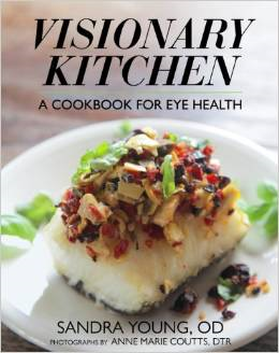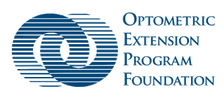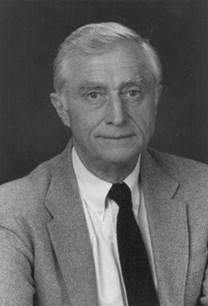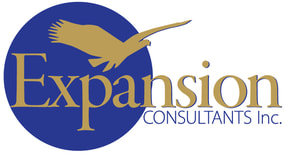
I am an optometrist, not a chef. However, I do enjoy cooking – usually with the help of a cookbook. I also try, not always successfully, to eat healthy. So when I was asked to review Visionary Kitchen: A Cookbook for Eye Health by Sandra Young, OD, I did so as an optometrist and someone who likes to cook.
Visionary Kitchen is a cookbook “for eye health.” Although the primary focus of the book is on foods that contain nutrients for eye health, especially for diseases such as macular degeneration and cataracts, the author includes a discussion on glycemic index, so the book can be viewed as a helpful resource for people who just want to eat healthier.
The recipes in the book are based around the key nutrients of lutein, zeaxanthin, omega 3 fatty acids, vitamin A family, vitamins C and E and zinc. Instead of telling the reader to take supplements containing these micronutrients, Dr. Young attempts to educate the reader/cook about how to get these nutrients naturally. The book opens with descriptions of each of the micronutrients, including an explanation of the purpose of the nutrients for eye health and includes food sources for all of the micronutrients. For example, Vitamin C, “supports wound healing and the formation of collagen, as well as protects against environmental toxins.” Its role in the AREDS-1 Study is also discussed. Food sources of all nutrients are included. Continuing along this vein, each recipe also includes information, either in percentage or mg of the micronutrients content. Caloric and nutritional information, other than eye- related micronutrient content, is not included in the book, but can be found on the author’s website and downloaded as a PDF file.
The second section of the book discusses the role of well-controlled blood sugar, from helping to prevent diabetes to helping to decrease the risk of cataracts and macular degeneration. The author explains that to “help promote blood sugar regulation, eat foods with a high dietary fiber, a low glycemic index and a source of complete protein.” This is something we all hear regularly, but Dr. Young gives examples of what foods to eat, including foods listed by glycemic index, low to high. She includes discussions of the benefits of UV protection, smoking cessation, exercise and weight management as well as cooking practices. These sections are not overwhelming and consist of approximately a paragraph for each one, but are helpful in an overall wellness plan.
After the introductory information, the book includes over 100 recipes. The recipes are divided based on meal type and start with breakfast. The vast majority of the recipes include colorful, appetizing pictures of the finished product. The directions for the recipes are easy to follow and include yield and the number of servings. Although cooking/baking time is included in the text, there is no information on overall prep time or cooking time or level of difficulty. The reader/cook has to read the entire recipe to figure out how much time to set aside for preparation/ cooking.
One could prepare a variety of weekly menus for all meals, and snacks, just from this book alone. Sections of the book include “drinks, snacks, salads, soups, appetizers, entrees, vegetables & grains, condiments/dressings & marinades and desserts.” There is even a section on herbs and spices and includes “ethnic eye spices,” ranging from Italian, to Cajun to Indian to Chinese to Persian to Mexican, likely to satisfy any palate.
I did make a few of the dishes included in the book and did not find any of them difficult. For breakfast, I made the Omega-3 Pancakes and chia jam, as well as the asparagus and bell pepper frittata. Both were delicious! For dinner, I made the eggplant lasagna with fresh marinara sauce. Again, the meal was delicious. In fact, I prefer the taste of “my” homemade marinara to the store bought jar sauces, that I only make this sauce now.
For those more adventurous chiefs, the book also contains a listing of herb and spice blends, including nutritional attributes and food/herb combinations to incorporate into meals. For those readers who want information on scientific studies on nutrition and eye conditions, Dr. Young includes a list of references on nutrition with conditions including AMD, cataract, glaucoma, inflammation, dementia and diabetes.
Visionary Kitchen is a unique cookbook that optometrists should read in order to better advise their patients with AMD and cataracts. Instead of discussing only supplements, optometrists can make educated recommendations on specific healthy foods. Patients will also find this book easy to read, and not too technical, so that they can develop a better understanding of eye health and how to eat better at the same time.


 RSS Feed
RSS Feed

